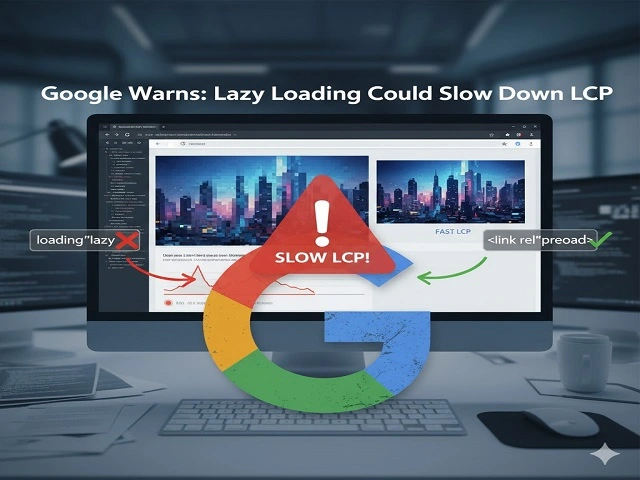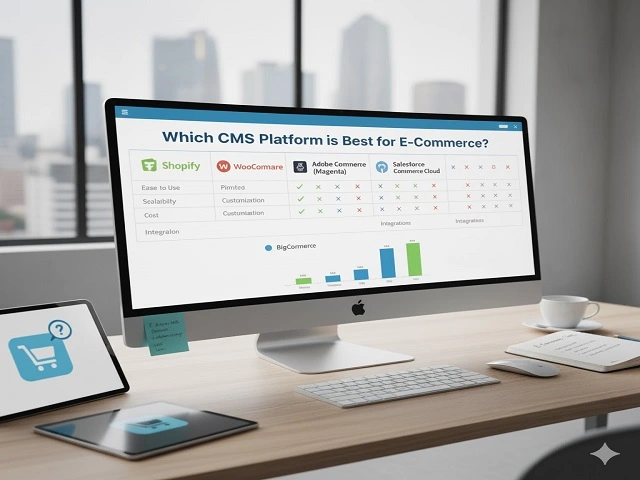Video SEO is a cornerstone of modern digital marketing, playing a pivotal role in boosting search rankings. As videos become an increasingly preferred media type, optimizing them for search engines is crucial for your overall SEO strategy. So, how can you ensure your videos shine in the crowded digital space?
This comprehensive guide will walk you through the best practices for video content optimization, helping you attract organic traffic and improve your search engine rankings. Collaborating with Savit Interactive can elevate your efforts, as their expertise in digital marketing will empower you to create videos that not only engage but also rank highly.
Key Takeaways
- Optimizing video content is essential for improving SEO rankings and attracting organic traffic.
- Engaging video thumbnails and strong metadata play a crucial role in enticing viewers and helping search engines understand your content.
- Utilizing platforms like YouTube and creating a video sitemap can enhance visibility and indexing.
- Proactively sharing and promoting your videos increases exposure and drives traffic to your site.
Why Video Content Matters for SEO
Search engines are continually evolving to prioritize quality content that engages users. Videos hold users’ attention longer than text-based content. This prolonged engagement is recognized by search engines like Google, which value time spent on a page as a ranking factor.
Video content can generate more backlinks and social shares than static content, further boosting your video SEO performance. Moreover, videos increase dwell time, reduce bounce rates, and can even drive more conversions.
The Connection Between Videos and Search Engines
Google’s algorithm, like most search engines, is optimized to serve the best possible results to users. While text-based content still dominates, the search engine now favors multimedia. When you perform a search, you’ve likely noticed video results near the top of the page, often from YouTube or other major video platforms. This shift highlights the increasing importance of video marketing SEO.
However, merely posting a video isn’t enough. Align your videos with SEO strategies to help them rank better. Aim for both video platforms and organic search results.
Key Benefits of Optimizing Video for SEO
- Higher Engagement: Well-optimized videos grab users’ attention, reducing bounce rates and boosting time-on-page metrics. Both are crucial for improving your site’s ranking.
- Increased Backlinks: Video content garners more links, making your site a valuable source for publishers.
- Improved UX: Videos enable users to interact and absorb information, enhancing your site’s user experience.
- Greater Social Sharing: Video content is easily shared on social media, increasing your website’s exposure.
Now, let’s dive into the specifics of video content optimization.
Essential Video Content Optimization Strategies for SEO
1. Choose the Right Video Platform
Before you start uploading videos, consider where you’re hosting them. YouTube is the most obvious choice, as it’s the second largest search engine after Google. If you want more visitors to your website, consider hosting videos yourself or using Vimeo. It’s crucial to match your platform choice with your SEO goals. YouTube might offer more views, but it won’t directly boost your website’s SEO.
2. Optimize Video Metadata
Search engines can’t “watch” videos, but they can analyze metadata. Here’s how you can improve your video SEO through metadata:
- Title: Craft a descriptive and engaging title that includes relevant keywords.
- Description: Write a strong video description summarizing the content. Use video marketing SEO keywords naturally.
- Tags: Use relevant tags and keywords to categorize your content.
Your metadata helps search engines understand your video’s content, making it key to your video content optimization strategy.
3. Create an Engaging Thumbnail
The video thumbnail is the first thing users see, playing a significant role in determining whether they click on your video or scroll past it. An engaging, high-quality thumbnail can entice users to click, boosting your click-through rate (CTR). A higher CTR leads to improved video search engine ranking.
4. Use Transcripts and Closed Captions
Transcripts and closed captions in your videos enhance accessibility and provide search engines with more text to crawl. This additional text can improve your chances of ranking higher for both video-specific and general search queries.
Transcripts are keyword-rich and can enhance your video’s SEO, as search engines can “read” the content and use it to rank your video better.
5. Video Sitemaps
A video sitemap is an XML file that helps search engines index the videos on your website. Submitting a video sitemap to Google provides details about each video on your site, helping search engines find and index your content. This can directly contribute to higher video search engine ranking.
6. Improve Page Load Speed
Videos can be resource-intensive and slow down your page loading speed, which can hurt your SEO rankings. To avoid this, ensure your videos are properly compressed without sacrificing quality. You can also use lazy loading, where the video only loads when the user scrolls to that part of the page.
Search engines like Google place a lot of emphasis on site speed, so optimizing your page load times will help both your general SEO and video SEO.
7. Share and Promote Your Videos
Once your video is uploaded, don’t just leave it there. Share it across all your social media platforms, embed it in relevant blog posts, and encourage viewers to share it. The more exposure your video gets, the better it will perform in search rankings. This strategy works together with video marketing SEO, driving traffic back to your site.
How Video Can Improve Your Overall SEO Rankings
Using video in your SEO strategy can yield long-term benefits. It boosts backlinks, increases time on page, and enhances engagement. Search engines consider these factors when ranking a site.
Videos show up in 62% of Google’s searches, so optimizing your videos boosts your chances of being on the first page. By using the right techniques, you can improve your video’s performance and your website’s search rankings.
Conclusion
Incorporating videos into your SEO strategy isn’t just a trend—it’s a must. Video SEO is crucial for anyone looking to remain competitive in the digital landscape. To improve your video search engine ranking and boost traffic, focus on video content optimization. Ensure your metadata is in order, improve your thumbnails, and use tools like video sitemaps.
Don’t let your videos go unnoticed! Join forces with Savit Interactive and watch your digital marketing soar. Our expertise in video SEO will help you create content that stands out in a crowded space. Reach out today, and let’s make your videos shine!
FAQs
1. Why is video content important for SEO?
Video content improves user engagement, increases dwell time, and generates more backlinks, all of which are essential factors for better search engine rankings.
2. How can I optimize my videos for search engines?
You can optimize your videos by using descriptive titles, writing strong descriptions, utilizing relevant tags, creating engaging thumbnails, and incorporating transcripts or closed captions.
3. What platforms should I use to host my videos?
YouTube is the most popular choice due to its extensive reach, but you can also host videos on your website or use platforms like Vimeo, depending on your SEO goals.
4. How does video impact user experience?
Videos provide an interactive way for users to absorb information, which can enhance the overall user experience on your site, leading to lower bounce rates and higher engagement.



